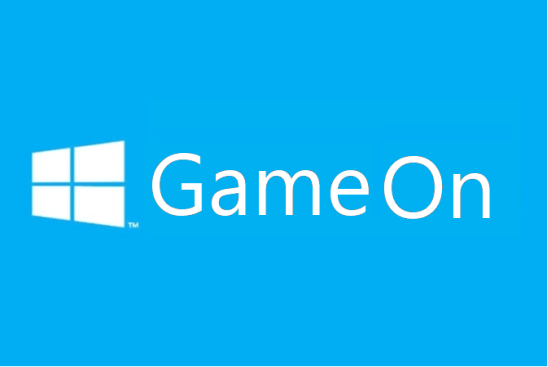At GDC, game developers reveal early success on Windows 8
This week is the Game Developers Conference in San Francisco. While we’re excited about all of the new titles coming to the Windows Store, what’s most interesting for app builders are the new ways to reach the millions of Windows 8 customers and make the biggest return on your investment.
Back in November we talked with Halfbrick Studios, Arkadium, and Oceanhouse Media about their experiences developing games for Windows 8.
This week at GDC, Halfbrick shared more about their success on Windows 8.
- Halfbrick keeps 80% of every purchase. Once an app passes $25,000 USD in total revenue over the lifetime of a title, developers keep 80% of all sales. Halfbrick is one of a number of game developers who have already passed this mark.
- Halfbrick supports both touch and mouse-and-keyboard control, allowing their app to reach customers across the vast array of Windows 8 devices. As Richard McKinney, the CTO of Halfbrick noted, “On Windows 8, supporting both touch and mouse is really the exact same thing. When we first moved to Windows 8 I was a little worried that there were so many form factors, laptops, desktops, but you’re really using one API to develop for all of these devices. Your game will work, it will scale out from some outrageously huge device down to the Surface tablets.”
- Halfbrick uses free trials to convert to paid downloads. Fruit Ninja is offered both as a paid download and a free trial. You can try out the game for free, then simply click Purchase (or in the case of Fruit Ninja, “slice” over Purchase) to fully enable the game without any additional downloads or reinstallation. With support for free trials, Windows 8 saves app builders time and money by eliminating the need to create, test, debug and maintain two separate versions of an app. This also creates a seamless experience for a user, who can enjoy the trial and then pick up where they left off after they upgrade to the full version.

Halfbrick is one of the many game developers benefiting from the fact that Windows 8 has sold over 60 million licenses in the first three months – they earned over $100,000 from Windows Store app sales in a recent 30-day period. Many other indie developers are having similar successes. For example, Rebellion has seen great success with its Guns 4 Hire game on Windows 8. The average revenue per user on the Windows 8 version of Guns 4 Hire has been 75% higher than on their next most popular platform, and they are seeing 40% more downloads on Windows 8. Another indie start-up called Mudvark launched their first title, Mortar Melon, on Windows 8. Mudvark had expected 3,000 downloads, but Mortar Melon has already been downloaded more than 250,000 times.
There are some great new tools available as well. Just a few weeks ago, Unity released its beta SDK for the Unity 4 game engine for Windows 8, and we’re excited to welcome Unity’s 1.5 million registered developers to the Windows 8 platform. Game builders have already started integrating this SDK into their games and there are already a handful of Unity-based games in the Store.
There are many other compelling reasons to build games on Windows 8:
- You can reuse your code and leverage your game development experience. It typically will be less than 15% of the original cost in terms of code to bring the experience from one Microsoft platform to another.
- Great development tools, including new Visual Studio templates meant to speed game development.
- New form factors, input methods, and flexible business models for your games, combined with an SDK that lets you write your game once and run it on any Windows 8 device.
To improve your experience moving your game to Windows 8, we recently updated the Developing Games section of the Windows Dev Center to include new guidance on setting up your game development environment, porting from DX 9 to DX 11.1, and porting from OpenGL to DX 11.1.

--Ben Thompson, Partner Marketing Manager
Comments
- Anonymous
April 05, 2013
The comment has been removed